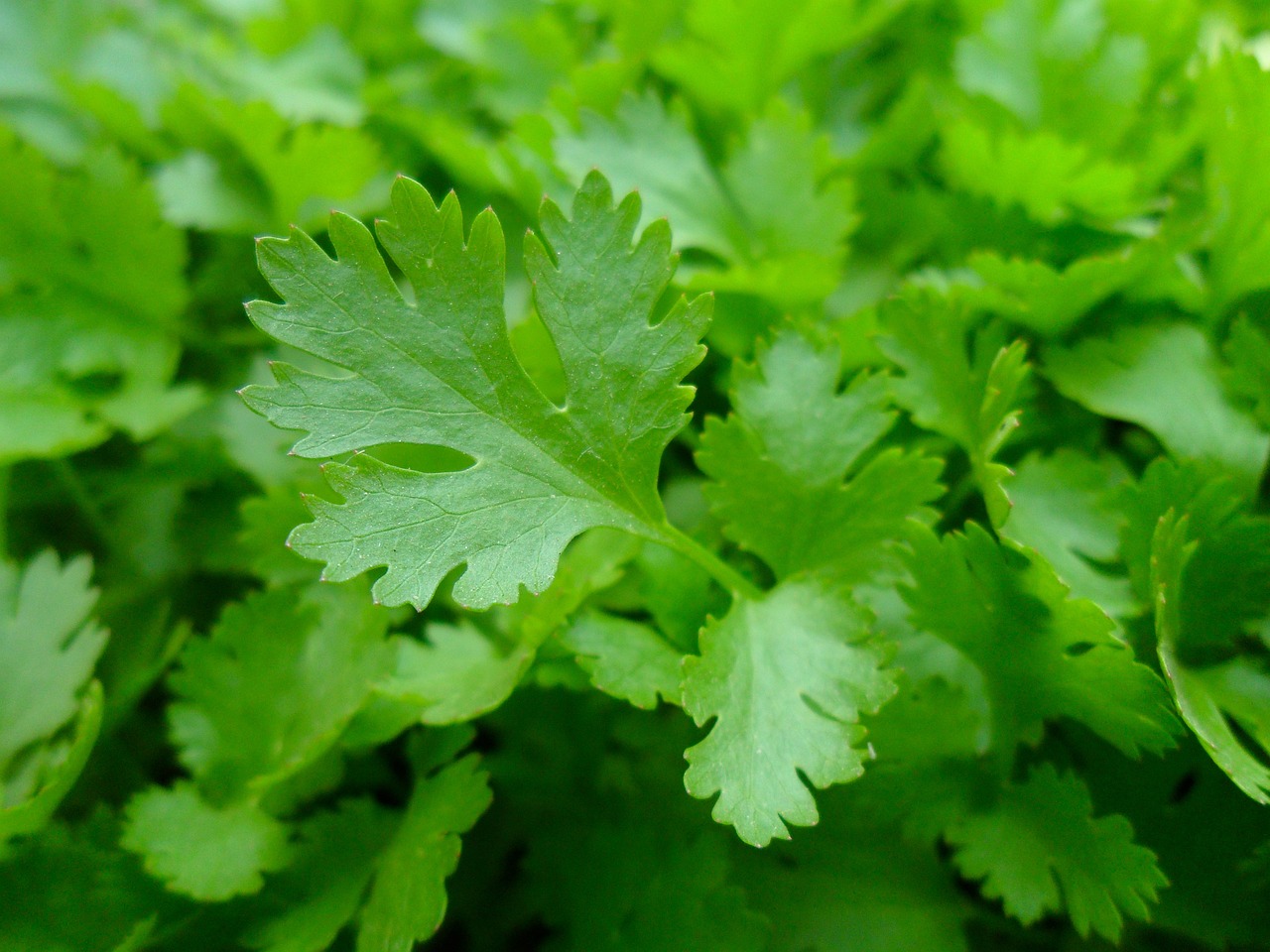When is Parsley in Season?
Parsley is a hardy plant that can withstand cool temperatures and light frosts, making it an excellent choice for early spring and fall gardens. In fact, parsley can be planted as soon as the ground can be worked in the spring, and it will continue to produce leaves until the first hard frost in the fall. If you live in a mild climate, you may be able to grow parsley year-round.
Seasonality Overview
Parsley is a popular herb used in many cuisines around the world. It is known for its bright green color, fresh flavor, and versatility in cooking.
The seasonality of parsley varies depending on the region and climate. In general, parsley is a cool-season crop that grows best in temperatures between 50°F and 80°F (10°C to 27°C). It can be grown both indoors and outdoors, making it a great herb to have on hand year-round.
In the United States, parsley is typically in season from late spring to early fall, with peak harvest times in June and July. However, in warmer climates like California and Florida, parsley can be grown year-round.
Overall, parsley is a versatile herb that can be used in a variety of dishes, from salads and soups to sauces and marinades.
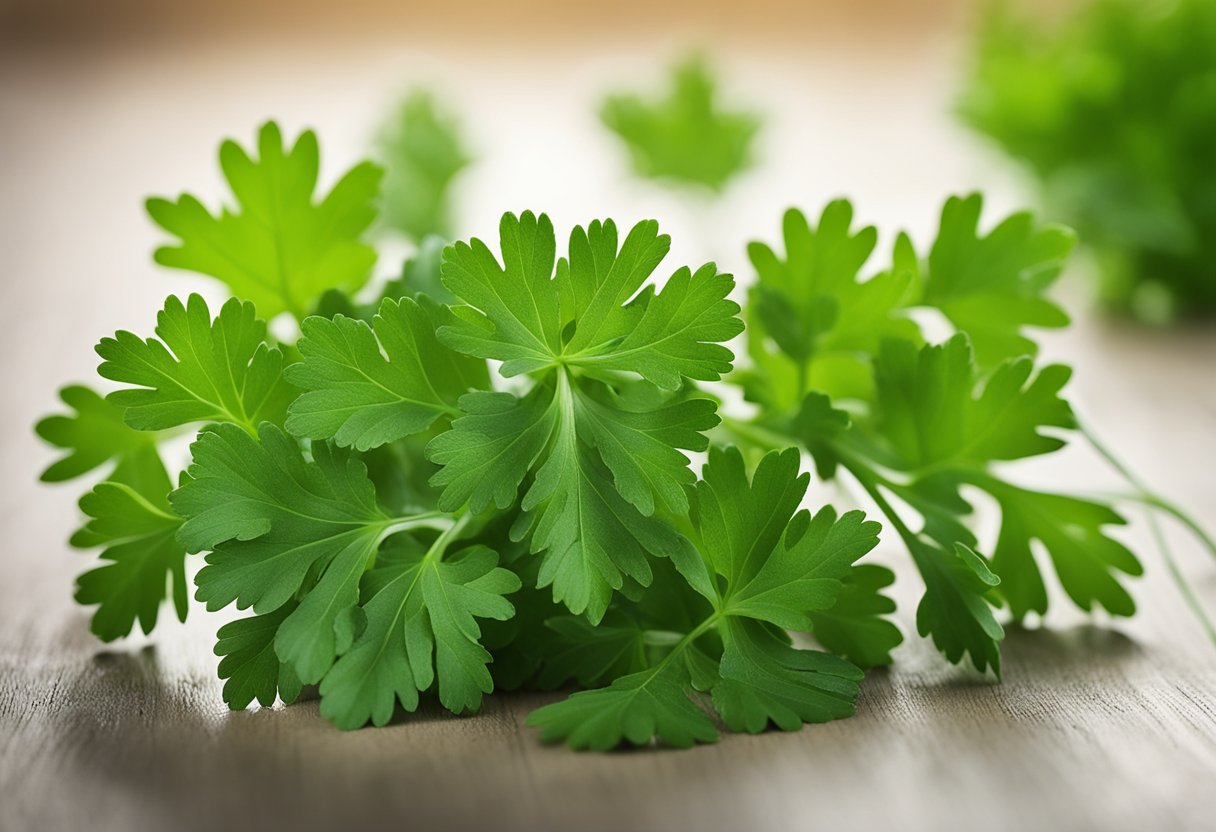
Varieties and Availability
Parsley is a versatile herb that can be used in a variety of dishes, from soups and stews to salads and sauces. There are three main varieties of parsley: curly leaf, flat leaf, and parsley root.
Curly leaf parsley is the most common variety and is often used as a garnish due to its attractive appearance. It has tightly curled leaves and a milder flavor than flat leaf parsley. Flat leaf parsley, also known as Italian parsley, has a stronger flavor and is often used in Mediterranean and Middle Eastern cuisine. Parsley root, as the name suggests, is grown for its root, which has a mild, celery-like flavor and can be used in soups and stews.
Parsley is typically in season from late spring through early fall, depending on your location. In zones 3-9, parsley can be grown as an annual, while in zone 9, it can be grown as a perennial. It is best to start parsley seeds indoors six weeks before the last frost date in your area, or plant them directly in the garden when the soil can be worked.
Once parsley is established, it can be harvested throughout the growing season. To harvest parsley, simply snip the leaves at the stem, leaving a few leaves on the plant to continue growing. Parsley leaves are ready to be harvested when they are around 2-3 inches in length and have a vibrant green color. Be sure to harvest parsley regularly to encourage new growth and prevent the plant from going to seed too quickly.
Seasonality in North America
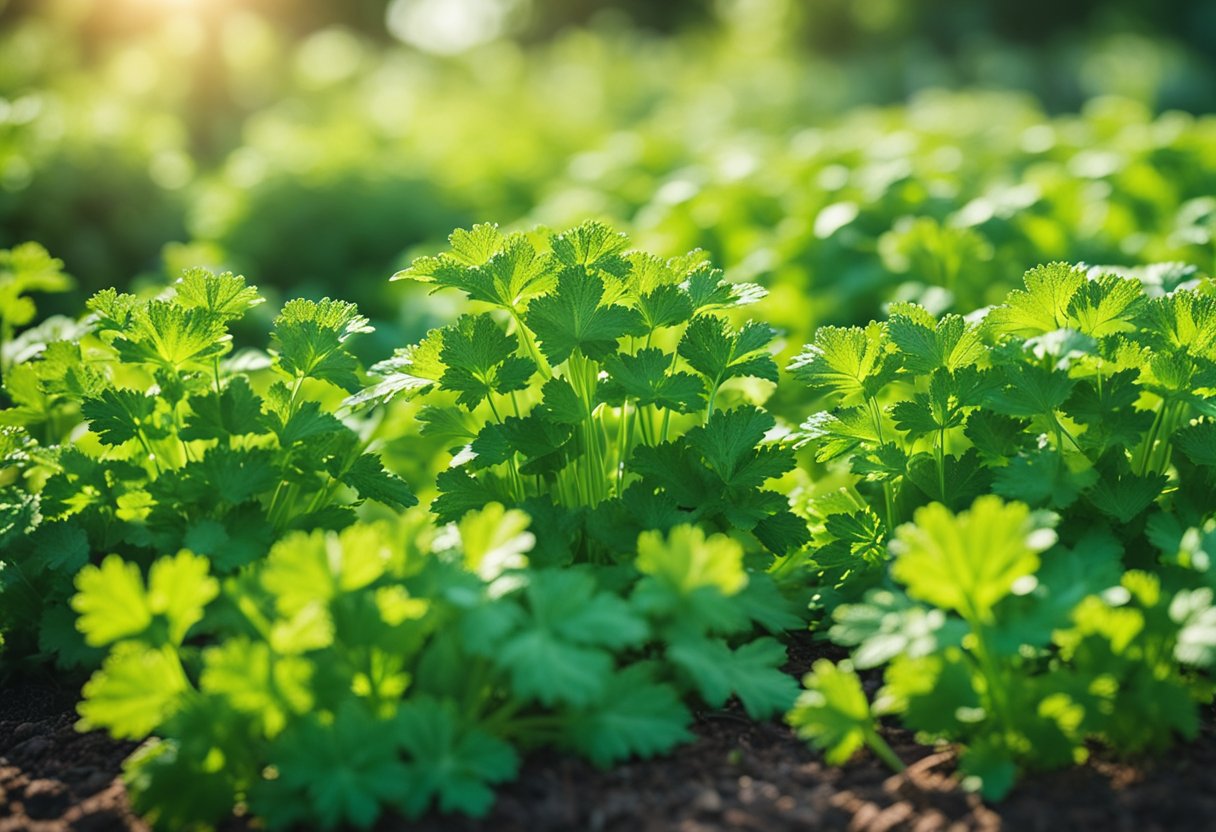
Parsley Seasonality for The US States
To help you determine when parsley is in season in your state, here is a table that shows the approximate seasonality for parsley in each of the 50 states:
| State | Seasonality |
|---|---|
| Alabama | Year-round |
| Alaska | May – Sep |
| Arizona | Year-round |
| Arkansas | Year-round |
| California | Year-round |
| Colorado | May – Sep |
| Connecticut | May – Oct |
| Delaware | May – Oct |
| Florida | Year-round |
| Georgia | Year-round |
| Hawaii | Year-round |
| Idaho | May – Sep |
| Illinois | May – Oct |
| Indiana | May – Oct |
| Iowa | May – Oct |
| Kansas | May – Oct |
| Kentucky | May – Oct |
| Louisiana | Year-round |
| Maine | May – Oct |
| Maryland | May – Oct |
| Massachusetts | May – Oct |
| Michigan | May – Oct |
| Minnesota | May – Oct |
| Mississippi | Year-round |
| Missouri | May – Oct |
| Montana | May – Sep |
| Nebraska | May – Oct |
| Nevada | Year-round |
| New Hampshire | May – Oct |
| New Jersey | May – Oct |
| New Mexico | Year-round |
| New York | May – Oct |
| North Carolina | Year-round |
| North Dakota | Jun – Sep |
| Ohio | May – Oct |
| Oklahoma | Year-round |
| Oregon | Year-round |
| Pennsylvania | May – Oct |
| Rhode Island | May – Oct |
| South Carolina | Year-round |
| South Dakota | May – Sep |
| Tennessee | Year-round |
| Texas | Year-round |
| Utah | May – Sep |
| Vermont | May – Oct |
| Virginia | Year-round |
| Washington | Year-round |
| West Virginia | May – Oct |
| Wisconsin | May – Oct |
| Wyoming | May – Sep |
Keep in mind that these are approximate seasonality dates and may vary depending on weather conditions and other factors. It’s always a good idea to check with your local farmers’ market or grocery store to find out when parsley is in season in your area.
Seasonality in South America
In South America, the climate of almost all regions is subequatorial and tropical with dry and wet seasons, and in the south of the continent is subtropical and temperate Seasons of the Year.
According to Tridge, parsley is available year-round in South Africa, but the peak season runs from March to November. However, the availability and seasonality of parsley may vary depending on the region and climate.
If you live in a hot climate, grow parsley as a cool-season annual. In the peak of summer, parsley may die, so it’s best to plant it in the fall for spring harvest in frost-free climates. In zone 8 and lower, you can sow your parsley in early spring for a late spring or early summer harvest. Parsley can survive temperatures as low as 20°F Morning Chores.
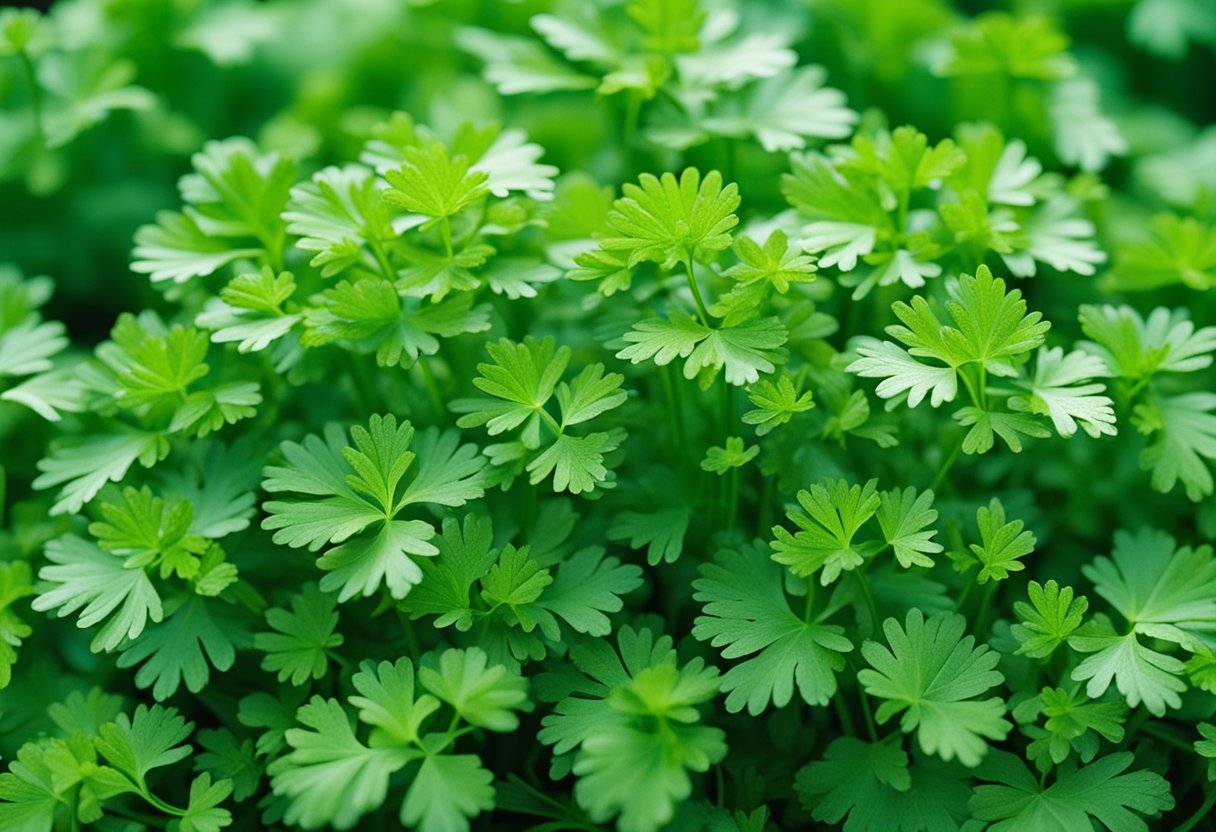
Seasonality in Europe
According to Tridge, parsley is typically in season in Europe from April to October. However, the exact seasonality of parsley can vary depending on the country and region. For example, in Switzerland, parsley is typically in season from May to October, while in other parts of Europe, the season may be slightly different.
It’s important to note that while parsley may be available year-round in some parts of Europe, the flavor and quality of the herb can vary depending on the season. For the best flavor and quality, it’s recommended to use parsley when it’s in season in your region.
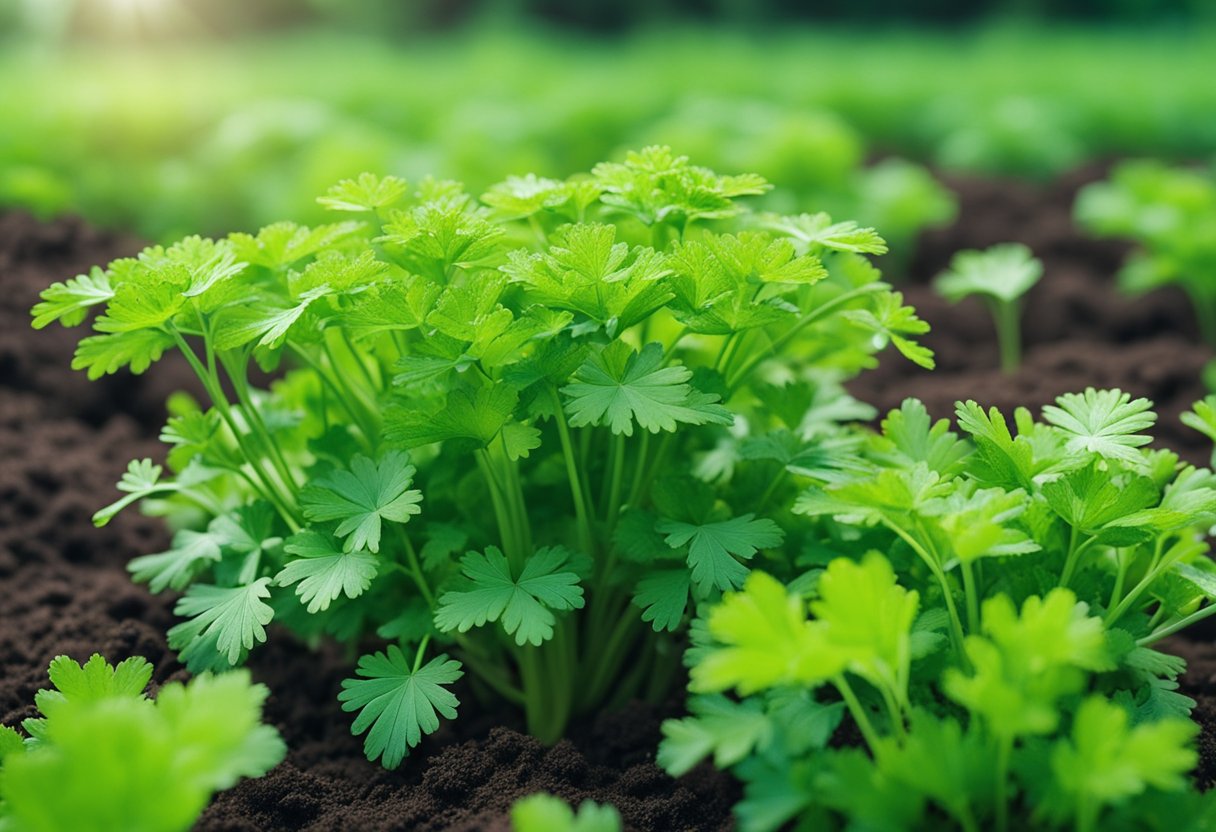
Seasonality in Asia
The peak season for parsley in Asia is from September to May, with the highest production in China, India, and Indonesia.
During this time, you can expect to find fresh parsley readily available in local markets and grocery stores. However, it’s important to note that the exact harvest period may vary depending on the specific region and climate.
Health Benefits
Parsley is not only a delicious herb that adds flavor to many dishes, but it also offers several potential health benefits. Here are some of the most notable:
Rich in Nutrients: Parsley is packed with vitamins and minerals, including vitamin K, vitamin C, vitamin A, folate, and potassium. It’s also a good source of antioxidants, which can help protect your cells from damage caused by free radicals.
May Help with Digestion: Parsley contains compounds that can help stimulate the production of digestive enzymes, which can aid in the breakdown of food and improve nutrient absorption. Additionally, parsley has been used as a natural remedy for bloating and gas.
May Support Heart Health: Parsley contains compounds that can help lower blood pressure and improve cholesterol levels, both of which are important for heart health. Additionally, parsley may help reduce inflammation in the body, which can contribute to heart disease.
May Have Anti-Cancer Properties: Some studies have suggested that parsley may have anti-cancer properties. This may be due to its high levels of antioxidants, which can help protect cells from damage that can lead to cancer.
May Help with Kidney Function: Parsley is a natural diuretic, which means it can help increase urine production and promote the elimination of waste and excess fluids from the body. This can be beneficial for people with kidney problems or those who are at risk of developing kidney stones.
Overall, parsley is a nutritious herb that can provide several potential health benefits. Adding it to your diet is an easy way to boost your nutrient intake and support your overall health.
